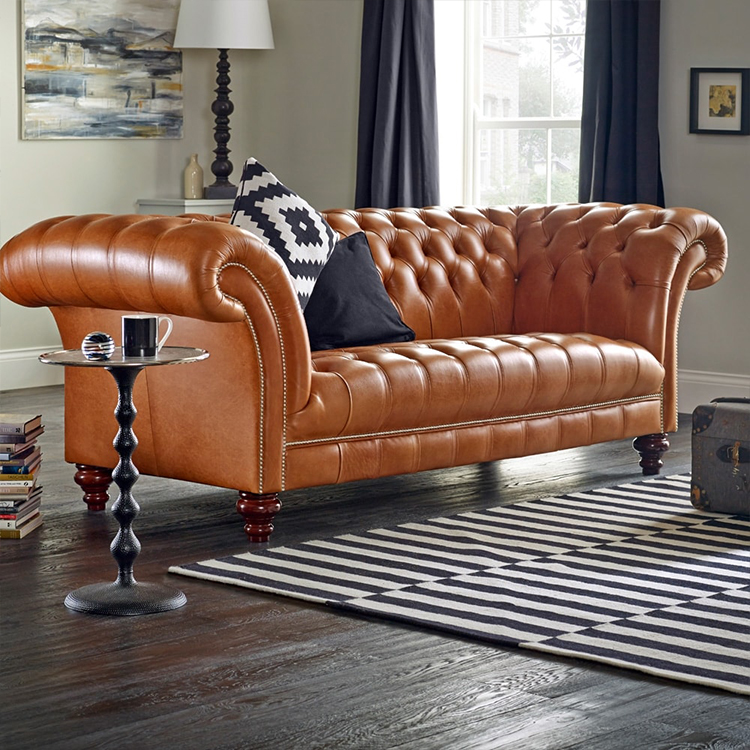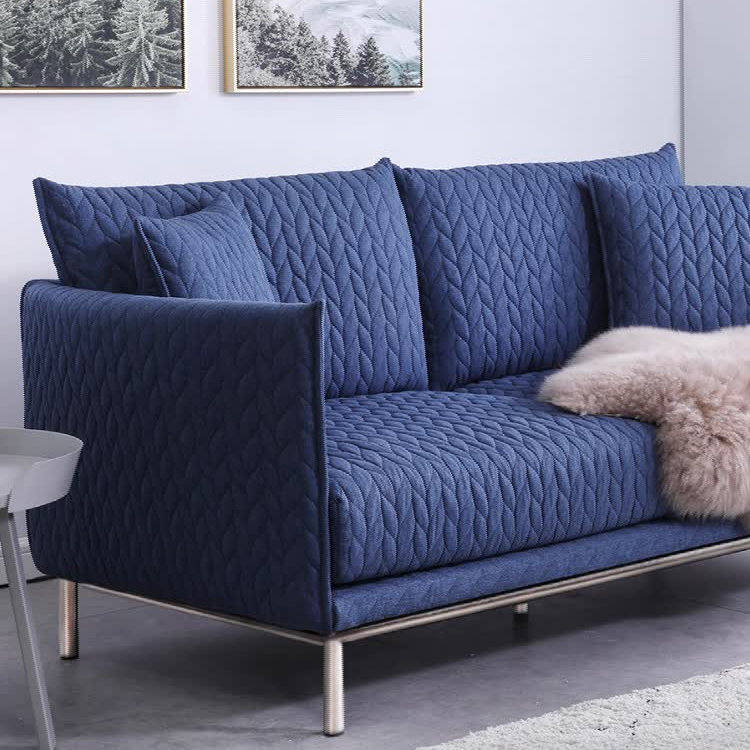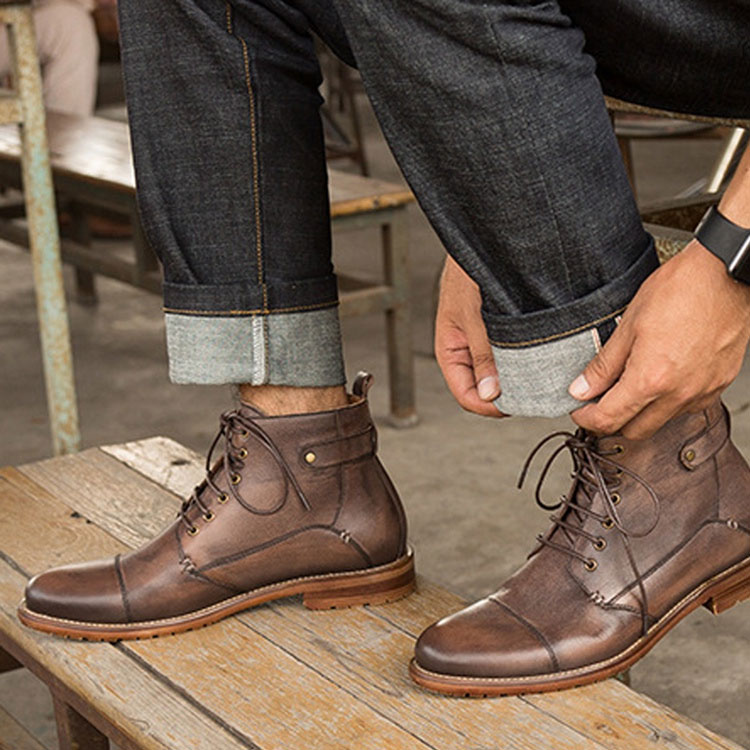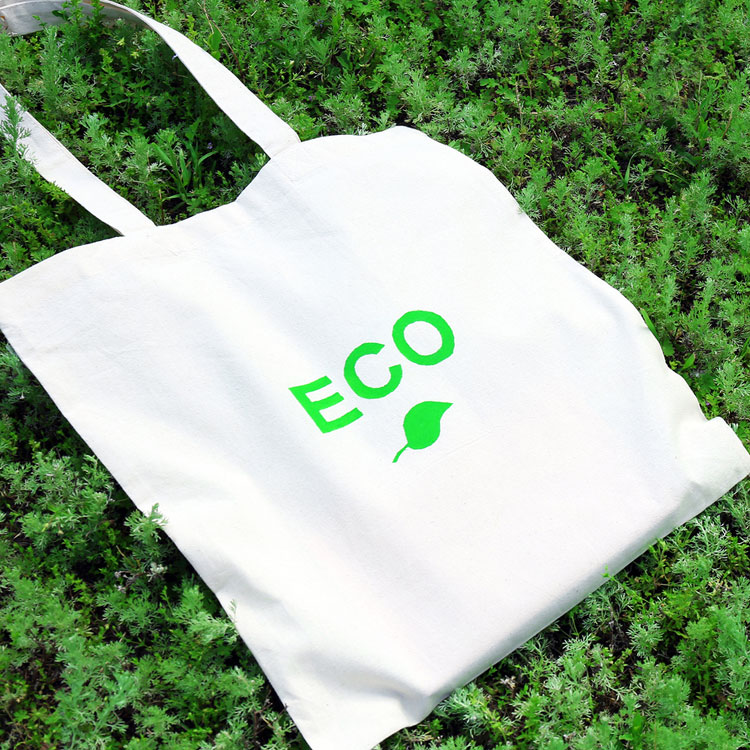"Leather" is a common word in the leather products market. It is a customary name for natural leather to distinguish synthetic leather. In the concept of consumers, "leather" also has a non-false meaning. In fact, genuine leather is leather, which is mainly processed from mammalian skin.
There are many kinds of genuine leather, various varieties, different structures, different qualities, and equal prices. Therefore, genuine leather is not only a general term for all natural leather, but also a vague mark on the commodity market.
Natural leather is divided into pig leather, cow leather, sheep leather, horse leather, donkey leather and kangaroo leather according to its type, and a small amount of fish leather, reptile leather, amphibian leather, ostrich leather and so on. Among them, cow leather is divided into yellow cow leather, buffalo leather, yak leather and cattle leather; sheep leather is divided into sheep leather and goat leather. According to its level, there are first layer leather and second layer leather, of which the first layer leather has full grain leather and trimming leather; the second layer leather has pig second layer leather and cow second layer leather. Among the main types of leather, yellow cow leather and sheep leather, the surface is flat and thin, the eyelets are small, the internal structure is fine and compact, the leather body has better plumpness and elasticity, and the physical properties are good. Therefore, superior yellow cow leather and sheep leather are generally used as leather for high-end products, and their prices are higher among bulk leathers.
Among the many types of leather, full-grain leather should be at the top of the list, because it is processed from superior raw leather with less disability, the leather surface retains its natural state intact, and the coating is thin, which can show animal skin Natural pattern beauty. It is not only wear-resistant, but also has good breathability.
Finishing leather is made by using a leather grinding machine to lightly grind the leather surface and then finish it, and then press the corresponding pattern. In fact, a "facelift" was carried out on a natural leather surface with a disability or roughness. This kind of leather almost loses its original surface condition, the coating layer is thicker, and its wear resistance and breathability are worse than that of full grain leather.
The two-layer leather is obtained by splitting the thick leather with a sheet leather machine. The first layer is used to make full-grain leather or trimming leather. The second layer is made into two-layer leather through a series of processes such as painting or filming. Its fastness, Poor wear resistance, it is the cheapest kind of leather.
Below we introduce several common methods:
1. Feel: Touch the leather surface with your hand. If it is smooth, soft, plump, and elastic, it feels genuine leather; while the synthetic leather surface is usually astringent, rigid, and soft.
2. Seeing: Observe that the real leather has clearer pores and patterns, yellow cowhide has more uniformly fine pores, yak cowhide has thicker and sparse pores, goatskin has fish-like pores, and pigskin has triangular coarse pores. The artificial leather, although it also imitates the pores, is not clear. The characteristics and identification methods of pig leather, horse leather, cow leather and sheep leather are introduced below: cow leather has a thin surface and high strength, which is most suitable for making leather shoes; sheep leather is light, thin and soft, which is an ideal fabric for leather clothing; pig leather It has good air permeability and water vapor permeability, and is more suitable for making underwear and children's products; horse leather has a relatively tight fiber structure and high strength, and is used to make leather pants and leather boots. In general, the thickness, density and distribution of pores on the leather surface are the main basis for distinguishing cow leather, pig leather, horse leather and sheep leather.
Pig leather: The pores on the surface of the leather are round and thick, which extend into the leather at an oblique angle. The pores are arranged in groups of three, and the leather surface presents a pattern of many small triangles.
Cow leather: Yellow cow leather and buffalo leather are both called cow leather, but there are certain differences between the two. The pores on the surface of the yellow cattle leather are round and extend straight into the leather. The pores are tight and uniform, arranged irregularly, like a starry sky. The surface pores of buffalo leather are larger than that of yellow cattle leather, the pores are less than that of yellow cattle leather, and the leather texture is more loose, not as detailed and plump as yellow cattle leather. Horse leather: The pores on the surface of the leather are oval, which are slightly larger than the yellow cattle leather, and they are arranged more regularly.
Sheepskin: The pores on the grain surface of the leather are flat and round, with clear pores. Several pieces form a group and are arranged like fish scales.
3. Smell: All real leather has the smell of leather; while artificial leather has a strong pungent plastic smell.
4. Ignite: tear off a bit of fiber from the back of real leather and artificial leather. After igniting, those who emit a pungent odor and form knots are artificial leather; those who emit a hair odor and do not form hard knots are genuine leather.
fold

 English
English España
España







